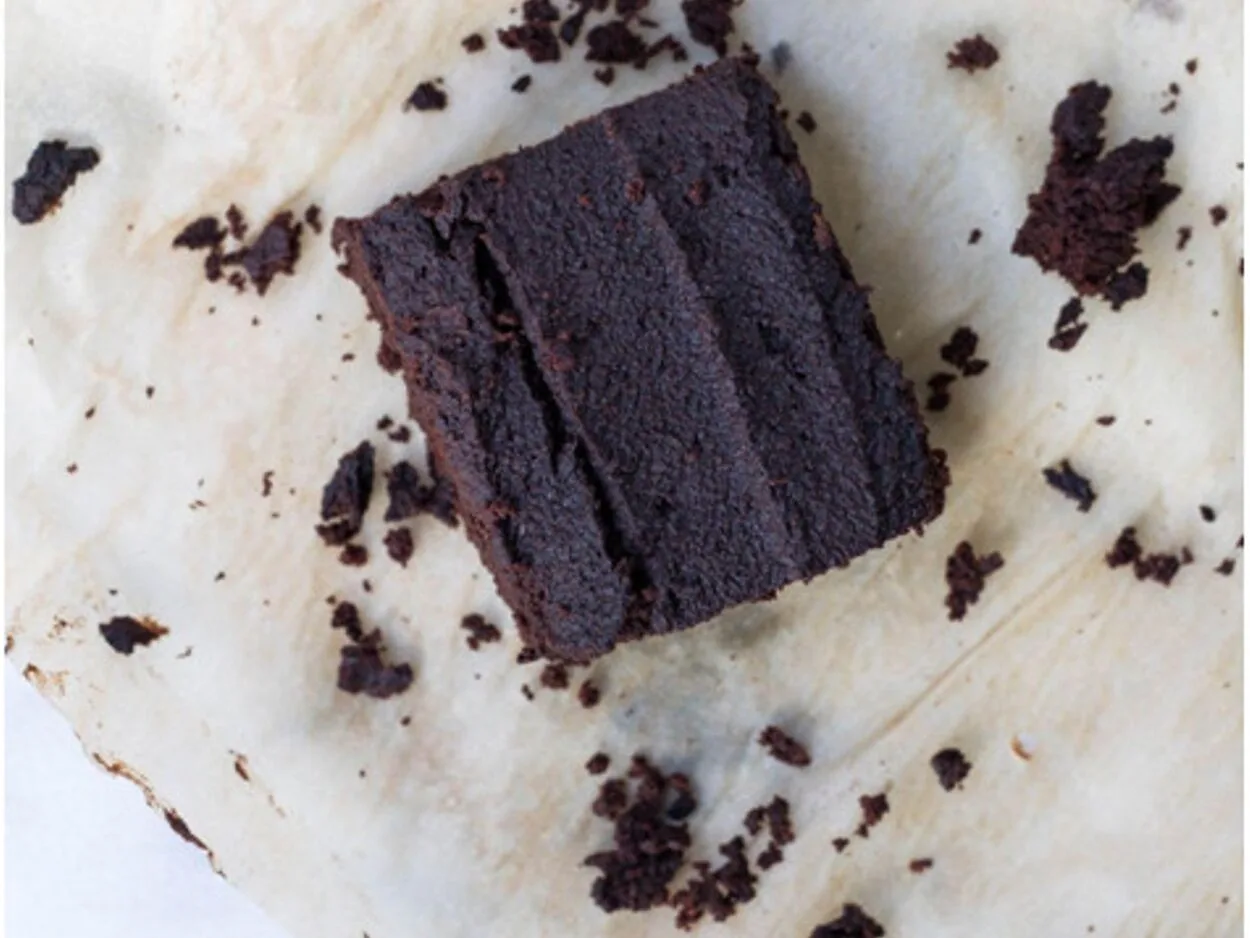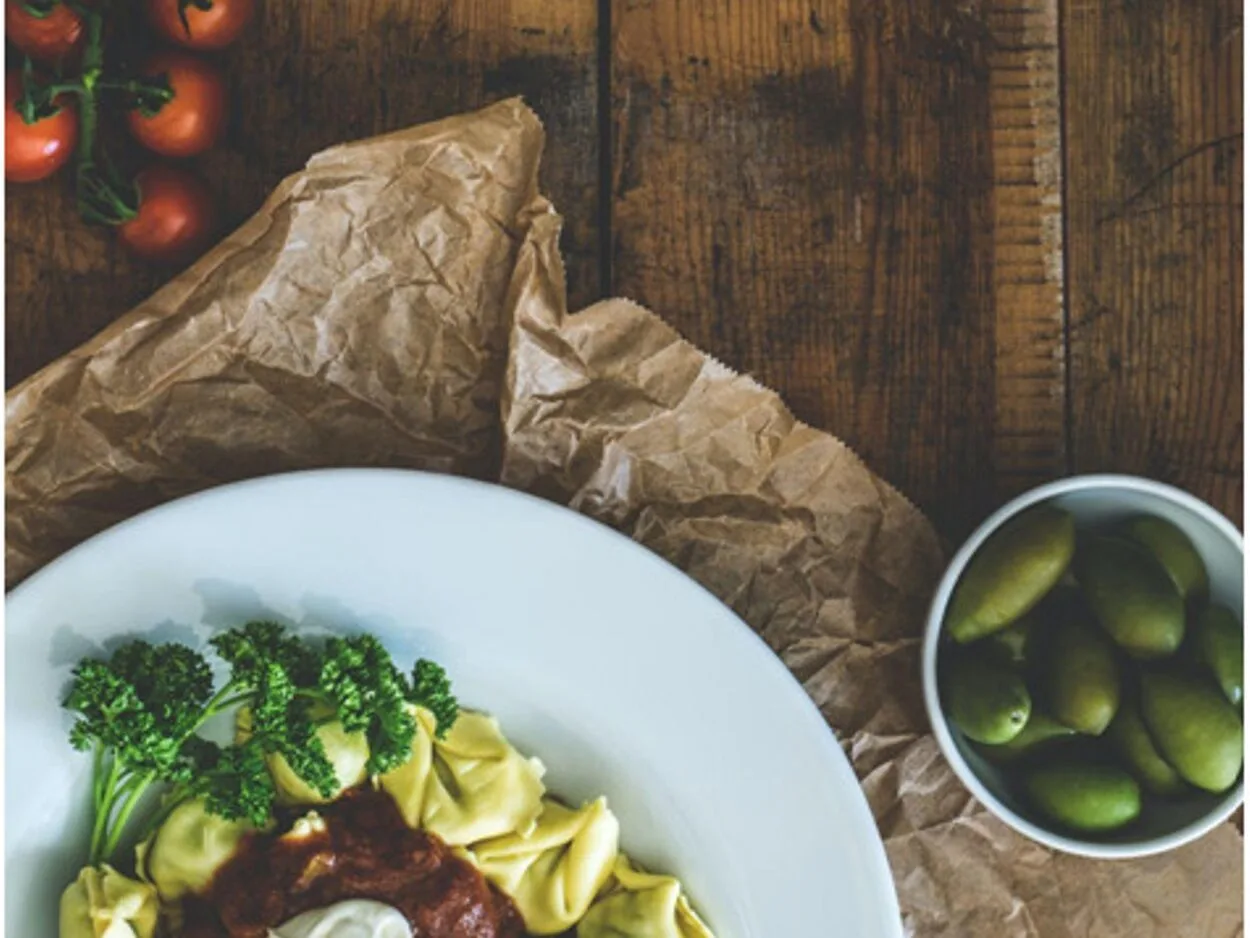There are so many types of paper introduced in this modern world. Humans primarily use paper to take notes or write something.
As the world revolutionized, the primary function of paper was also in full swing. There are different types of papers produced; some are very thick, and some are very light.
This mostly depends on the purpose of the paper it is being produced for. The different purposes are produced for notebooks and currency, and the modern one is used for cooking or wrapping.
Butcher paper is a food-grade paper designed to keep food fresh. It is far different from freezer paper. Parchment paper was introduced for baking purposes in this modern era.
It is a grease-proof paper used widely in baking businesses as it can prevent the extra heat moisture, and grease from escaping from the food or entering it.
As far as the wrapping is concerned, butcher paper comes into use as it has been designed for this purpose. Butcher paper is designed mainly so it can hold all the moisture and blood of the meat without leaking, and to achieve that purpose, it has specific thick layers of processed paper.
Continue reading this blog post to learn more about the differences between butcher paper and parchment paper.
Parchment Paper vs. Butcher Paper
| Features | Parchment Paper | Butcher Paper |
|---|---|---|
| Production | Parchment paper is also known as baking paper. It is primarily used by bakers and is also made from the pulp of wood. Generally, it is made from large running sheets of paper from a shower of sulfuric acid and zinc chloride. This phenomenon is done to gelatinize the paper. It forms a sulfurized cross-linked material that has a high destiny, stability, heat resistance, and low surface energy. | The butcher paper is made from the process known as the sulfate process. It involves the process which includes obtaining the wood pulp by converting the wood, which is the main component of paper. Wood chips are mixed with a hot mixture of sodium hydroxide and sodium sulfate in large pressure vessels called digestives. |
| Purpose | The parchment paper protects pans, aids cleanup, and prevents the food from sticking. It also makes a funnel for transferring dry food ingredients. You can bake a fish or a chicken in it for a low-fat cooking method. Rolls of parchment paper are easily available in the baking section of most supermarkets. | The butcher paper is used to wrap the meat towards the end to help lock in the meat’s inner condensation. The loose fiber-ed and loose-fitting pink butcher paper still allows the meat to breathe and can even help speed up the smoking times without drying the meat out. |
| Availability | Parchment paper is a standard paper and is available at grocery stores as it comes in handy in everyday life. | Butcher paper is also very common as the meat business remains in full swing all weekend long. |
| Flexibility | The best attribute of parchment paper is that it is flexible. It is thin and pliable, which makes it perfect for wrapping things like sandwiches or sushi rolls. At the same time, you can use parchment paper as a baking sheet liner or to line cooking pans. | Butcher paper is famous because it can resist heat up to 450 °F. With leak protection to stay strong when wet, it holds in moisture and heat while allowing steam to escape, preserving that flavourful bark you want. |
Daily Application of Parchment Paper
Parchment paper is now an essential need of today’s bakery and other baking products; it has played an important role in this line of business.
There are so many products that you can make from parchment paper. Parchment paper is highly recyclable as it can be used again and again for quite some time until it expires.
Lining a sheet pan with a parchment protects not only the pan but also the food, even if you are sizzling vegetables or baking cookies, biscuits, and more. It can be used as a layer of insulation between the pan and the food to protect it from burning or sticking and to ensure even cooking.
Fortunately, the parchment paper can be reused several times before you throw it out. But it’s not highly recommended to utilize used parchment paper to cover the new cake, which has crumbs of the previous cake still stuck on it. However, you can reuse cookie paper over and over.

Daily Application of Butcher Paper
Butcher paper is very popular nowadays as it is the solution to many problems faced by butchers or customers. People often experience leakage of blood from the bottom of their shopping bags into which they have put the meat.
Butcher paper rolls make an excellent wrapping option for sandwiches and other menu items of various sizes that need to be moved without problem. Butcher paper sheets are also very handy for popular products that are fairly uniform in size, like standard cuts of beef or pork, or sandwiches.
Butcher paper soaks up the grease and oil from the brisket, making a layer of moisture that helps in conducting heat and letting the meat cook. The paper allows a little bit more smoke through, too, so you’ll get more flavor than you would by wrapping with foil.
Different Uses of Parchment and Butcher Paper
- It is very flexible—use it to line cake molds and baking sheets, to wrap fish and other dishes that are cooked, and to cover countertops during messy tasks to make cleanup easy.
- Parchment paper has become one of the basic needs of today’s baking.
- Butcher paper is an excellent product of British engineering designed especially for wrapping raw meat and fish to protect them against airborne contaminants and flavor contamination.
- It is also used for cooking and preparing meat packaging sandwiches and subs.
- It is so common these days that you can find it in every supermarket.
- If an individual is starting a meat business or selling homemade sausages at the farmers market, then using butcher paper is an effective and customer-gaining move for you.
Types of Butcher Paper
There are several types of butcher paper based on their colors and uses.
White Butcher Paper
White butcher paper is uncoated, approved by the FDA (Food and Drug Authority), and is perfect for wrapping sandwiches and subs. Besides you can also use white butcher paper as the tabletop cover, which will prevent your table from getting any stains from spilling coffee or anything else.
Pink Butcher Paper
Then comes pink butcher paper, which is widely used for the packaging of meat as it can prevent blood from leaking and keeps the meat fresh, allowing it to breathe. It is also ideal for smoking meat, as it will allow flavorful smoke to enter the meat yet still protect it from harmful contaminants.
There are so many types of paper that are playing their roles and benefiting humankind.
Steak Butcher Paper
Butcher paper is normally used to display beef or pork in butcher cases and is termed “steak paper.” Steak paper will help to preserve the juices of meat whenever it is wrapped in it.
This paper is available in a variety of colors and sizes.
Gardenia Butcher Paper
Gardenia butcher paper is a high-quality paper that provides resistance against moisture. Gardenia paper is frequently used over plastic wrap because it stops juice or oil leaks while also being permeable enough to keep food from becoming soggy.
Its distinctive hue, which pairs well with raw meat and seafood, makes it easy to recognize as Gardenia premium paper.

Conclusion
- Parchment paper and butcher paper serve different purposes. And they are often used in different industries.
- Parchment Paper is used mainly in baking. It prevents grease and assists in cleaning up.
- Butcher Paper is designed for meat wrapping. It retains moisture and flavor during cooking.
- Parchment paper is easily found in grocery stores. It is made by using sulfurization. Butcher paper, produced via the sulfate process, is common in meat businesses.
- Parchment paper is adaptable and suitable for culinary tasks. In contrast, butcher paper is heat-resistant and ideal for meat-related purposes.
- Various types of butcher paper serve different purposes like packaging, smoking, and display.
- Parchment paper is essential for baking. In contrast, butcher paper is crucial for meat preservation and presentation.
- Despite both papers originating from wood pulp, they serve distinct functions in different industries. It highlights their unique features and uses.

